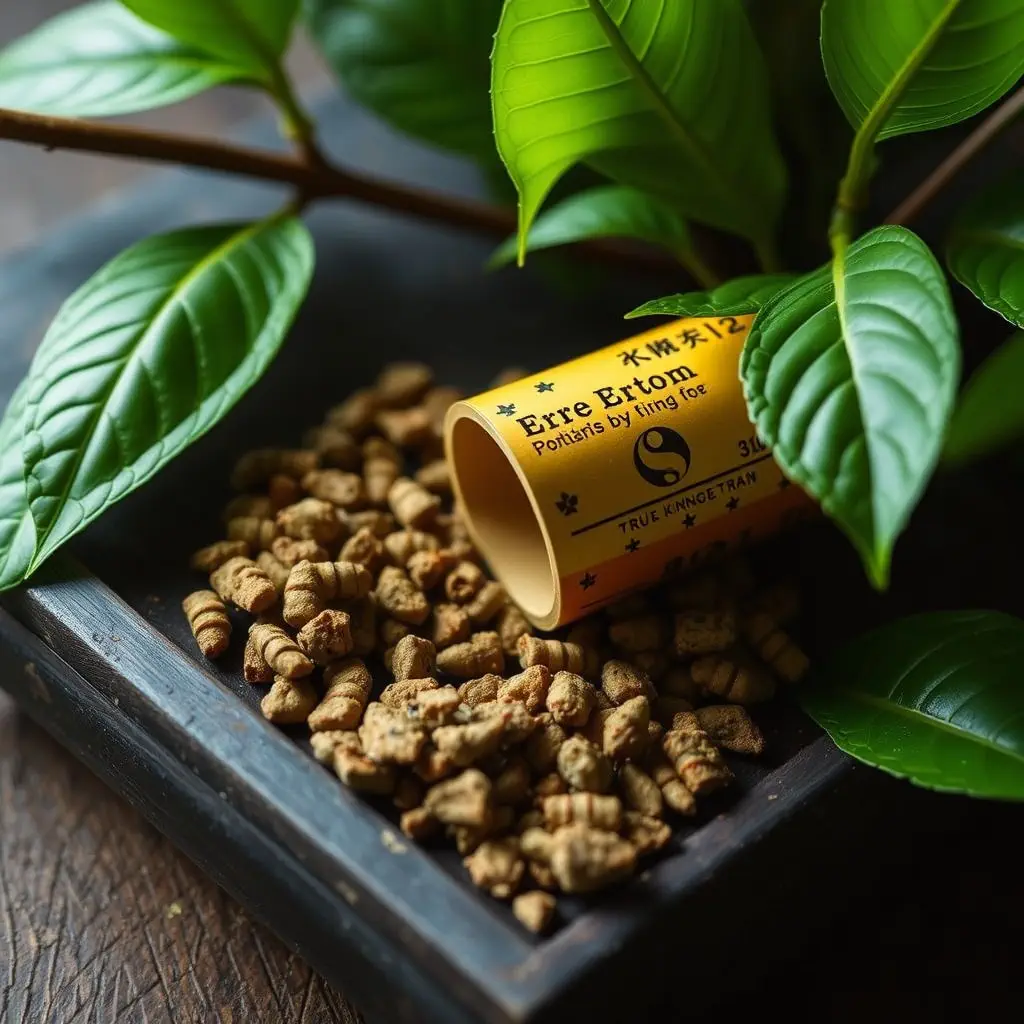Muscle soreness, commonly known as DOMS, is a natural response to intense physical activities or daily exertion, characterized by discomfort or pain in muscle tissues. It typically emerges within 24 to 72 hours post-activity and is significant for understanding and managing recovery and relief. The plant-based compound mitragyna speciosa, specifically the lotus blue flower strain of kratom, has been recognized for its potential as a natural analgesic due to its unique alkaloid profile. Alkaloids such as 7-hydroxymitragynine and mitraphylline are believed to interact with opioid receptors, which may help ease muscle soreness and inflammation. Users often report that the lotus blue flower strain helps manage discomfort without the side effects of prescription painkillers, potentially due to a harmonious blend of alkaloids that support muscle relaxation and relief. However, it is crucial for individuals to consult healthcare professionals before using kratom, as its safe and effective use is highly individualized and can be influenced by personal health factors and conditions. The lotus blue flower kratom strain's analgesic effects are of scientific interest due to its alkaloid composition that may offer an alternative to synthetic opioids for managing muscle soreness. Users are advised to start with a low dose and consider the method of ingestion, with dosage adjustments made cautiously in line with personal sensitivity and potential interactions with other substances or medications. Always consult healthcare providers before incorporating kratom into any health regimen, particularly if you have existing health issues or are on other medications.
- Understanding Muscle Soreness and the Role of Kratom's Alkaloids for Relief
- The Science Behind Lotus Blue Flower Kratom and Its Analgesic Properties
- Effective Dosage and Usage Tips for Muscle Soreness Relief with Kratom
Understanding Muscle Soreness and the Role of Kratom's Alkaloids for Relief

Muscle soreness, often characterized by discomfort or pain in the muscle tissues, can arise from various activities ranging from intense exercise to daily physical tasks. This phenomenon, commonly referred to as delayed onset muscle soreness (DOMS), is a natural response to microtrauma within the muscle fibers, typically experienced within 24 to 72 hours post-activity. Understanding the underlying mechanisms of muscle soreness is crucial for effective management and relief. The plant-based mitragyna speciosa, commonly known as kratom, has garnered attention for its potential analgesic properties due to its alkaloid content, with lotus blue flower being a notable strain. Kratom’s primary active compounds, mitraphylline and 7-hydroxymitragynine, are believed to interact with the body’s opioid receptors, which may help alleviate pain and inflammation associated with muscle soreness. Users often report that kratom strains like lotus blue flower can provide a balancing effect on their discomfort levels without the debilitating side effects commonly associated with pharmaceutical pain relievers. The specific combination of alkaloids in this strain may offer a synergistic effect for muscle relaxation and pain relief, making it a popular choice among those seeking natural alternatives for managing muscle soreness. As with any supplement, it is essential to consult with a healthcare professional before incorporating kratom into one’s wellness regimen to ensure safe and effective use based on individual health conditions and needs.
The Science Behind Lotus Blue Flower Kratom and Its Analgesic Properties

The analgesic properties of kratom, specifically Lotus Blue Flower Kratom, have been a subject of scientific interest due to its potential for muscle soreness relief. Mitragyna speciosa, commonly known as kratom, contains alkaloids that interact with the body’s opioid receptors, which may contribute to its pain-relieving effects. Among these alkaloids, 7-hydroxymitragynine is noted for its notable analgesic activity, which synergizes with other alkaloids present in Lotus Blue Flower Kratom, such as mitraphylline and 9-hydroxycorynantheine. These compounds work to modulate pain signals within the central nervous system, offering a natural approach to muscle soreness relief.
Research has indicated that Lotus Blue Flower Kratom may influence the body’s response to pain by binding to mu-opioid receptors, which are responsible for mediating pain perception and response. The unique alkaloid profile of this kratom strain suggests a potential mechanism for its analgesic effects without the side effects commonly associated with synthetic opioids. Users report that Lotus Blue Flower Kratom can provide significant relief from muscle soreness, which may be attributed to its interaction with these receptors. However, it is imperative for individuals to approach the use of kratom with caution and consult healthcare professionals before incorporating it into their wellness regimen, especially considering the regulatory status of kratom in various regions.
Effective Dosage and Usage Tips for Muscle Soreness Relief with Kratom

When addressing muscle soreness, individuals often seek natural remedies that offer effective relief without the side effects associated with over-the-counter medications. Kratom, a plant native to Southeast Asia and known for its alkaloids, has gained attention for its potential in easing muscular discomfort. The lotus blue flower strain of kratom, particularly, is celebrated for its balanced alkaloid profile that may contribute to muscle relaxation and pain reduction.
To harness the benefits of the lotus blue flower kratom for muscle soreness relief, it’s crucial to determine an effective dosage tailored to individual needs. As a general guideline, new users should start with a conservative dose of around 1 to 2 grams of kratom powder, allowing one hour for effects to manifest before reassessing their comfort level. Experienced users may gradually increase their intake up to 5 grams, but it’s important to approach any dosage adjustment with caution and awareness of personal sensitivity. Additionally, the mode of consumption plays a significant role; kratom can be ingested in capsule form or as a tea, although powdered leaf taken directly is often reported to provide quicker relief due to faster absorption. It’s also recommended to consume kratom on an empty stomach for optimal efficacy. Always prioritize safe usage by adhering to dosage recommendations and being mindful of potential interactions with other substances or medications. Consulting with a healthcare provider before integrating kratom into your wellness routine is essential, especially if you have underlying health conditions or are taking prescription medications.
Muscle soreness can be a significant impediment to an active lifestyle, often necessitating effective relief solutions. The article has delved into how kratom’s alkaloids, particularly those found in Lotus Blue Flower Kratom, may offer such relief due to its analgesic properties, as explored under ‘Understanding Muscle Soreness and the Role of Kratom’s Alkaloids for Relief’. Scientific research, covered in ‘The Science Behind Lotus Blue Flower Kratom and Its Analgesic Properties’, supports the potential benefits of kratom for muscle pain management. To safely harness these benefits, readers were guided through ‘Effective Dosage and Usage Tips for Muscle Soreness Relief with Kratom’ to optimize their experience. Incorporating Lotus Blue Flower Kratom into a wellness routine may be a viable option for those seeking natural alternatives for muscle soreness relief.






